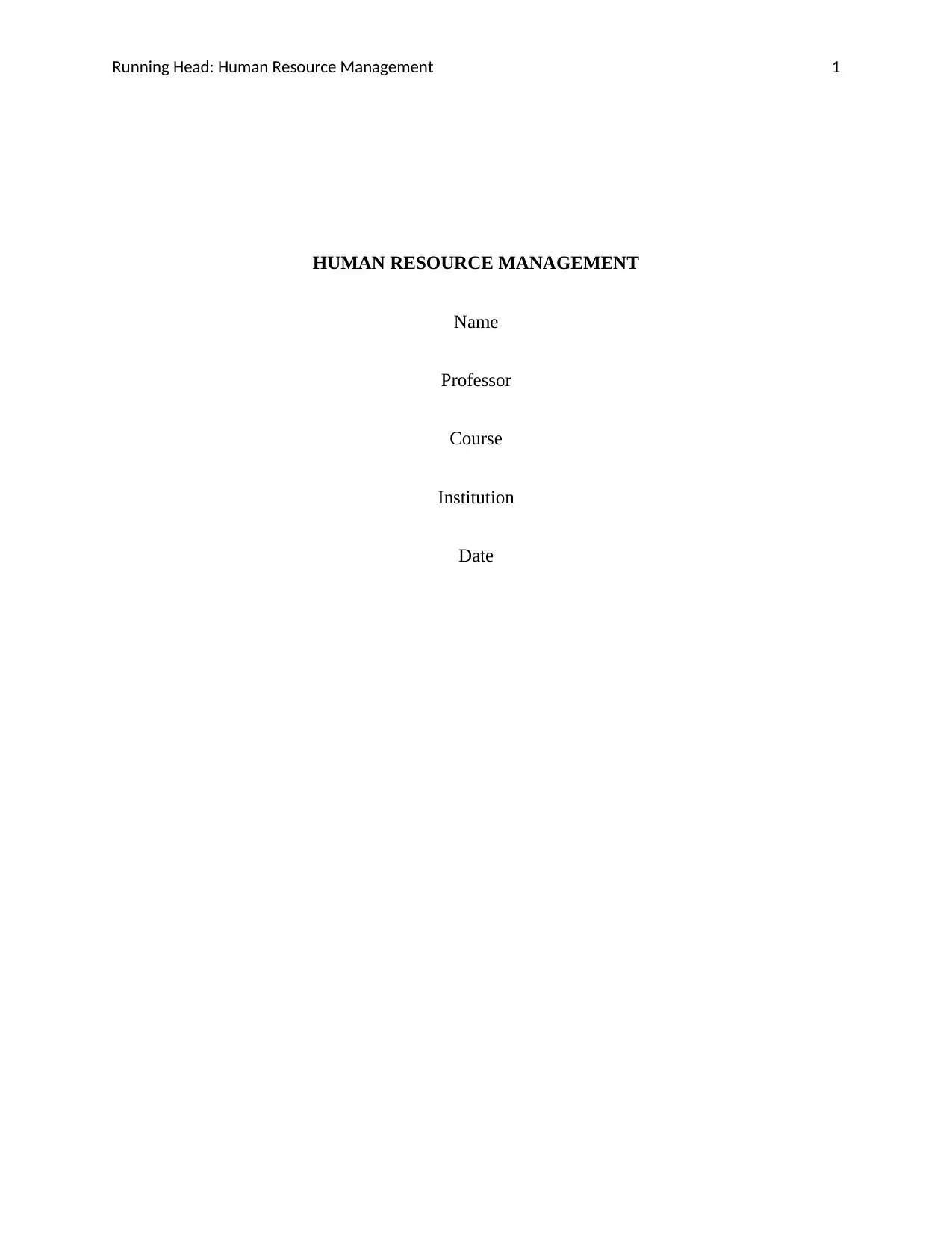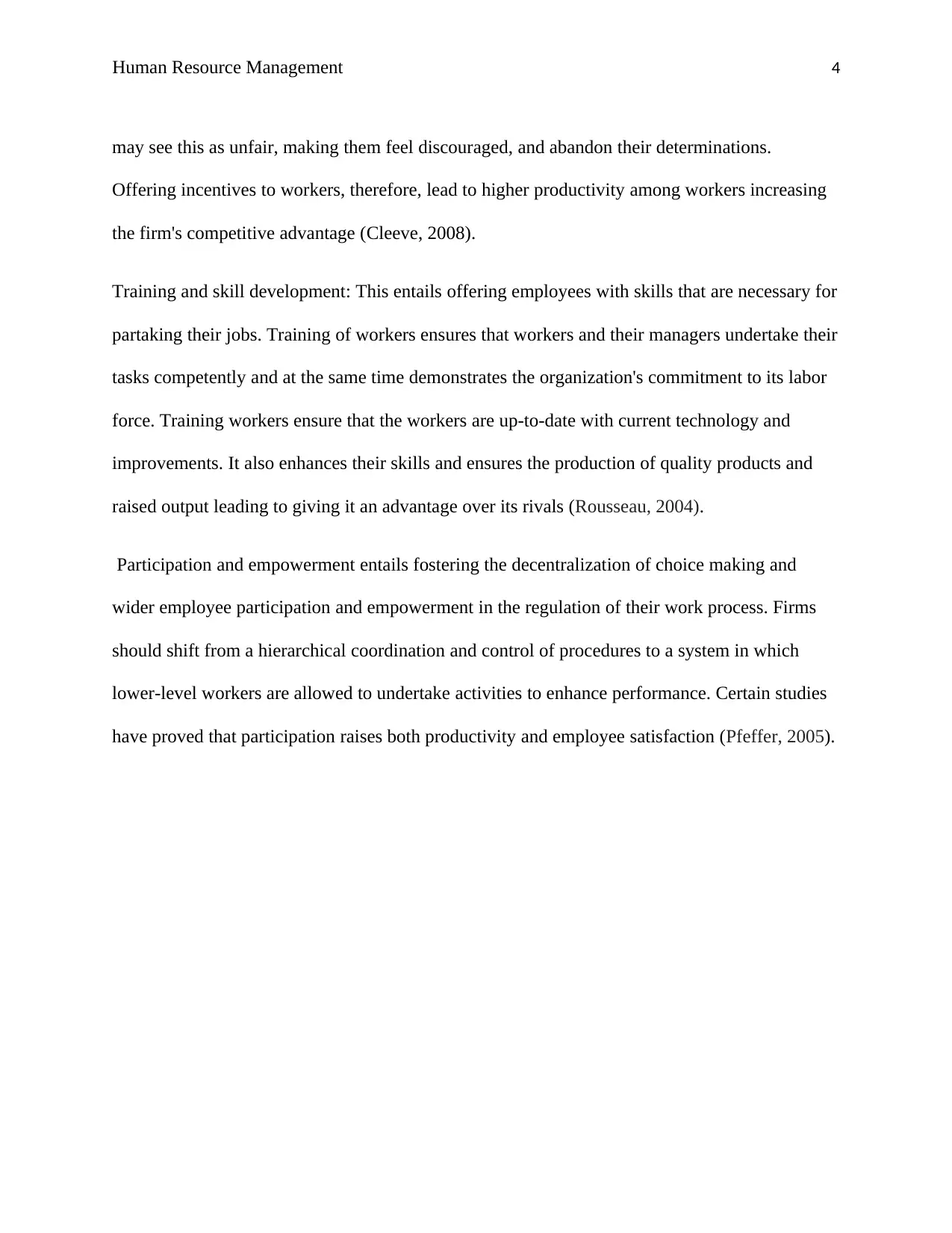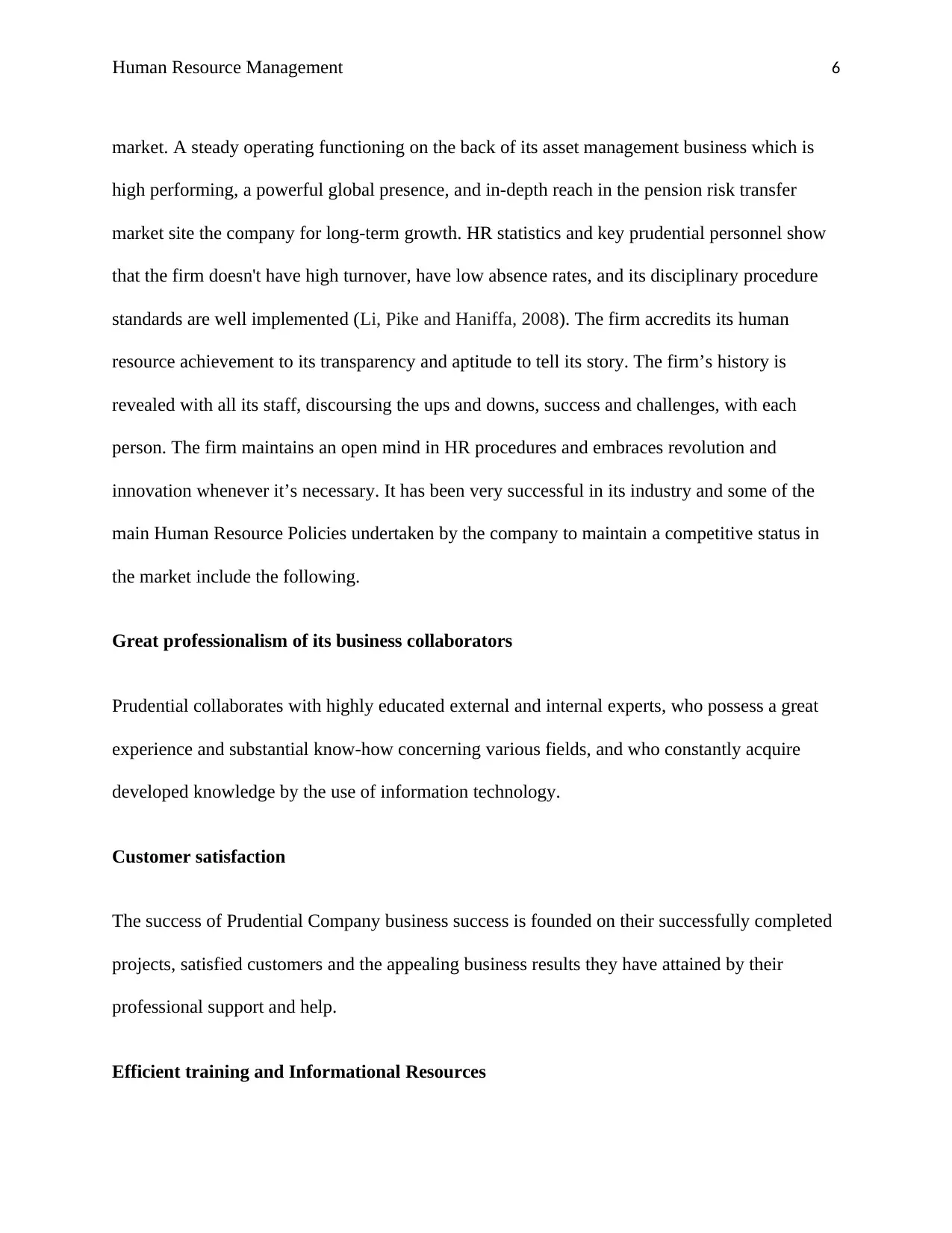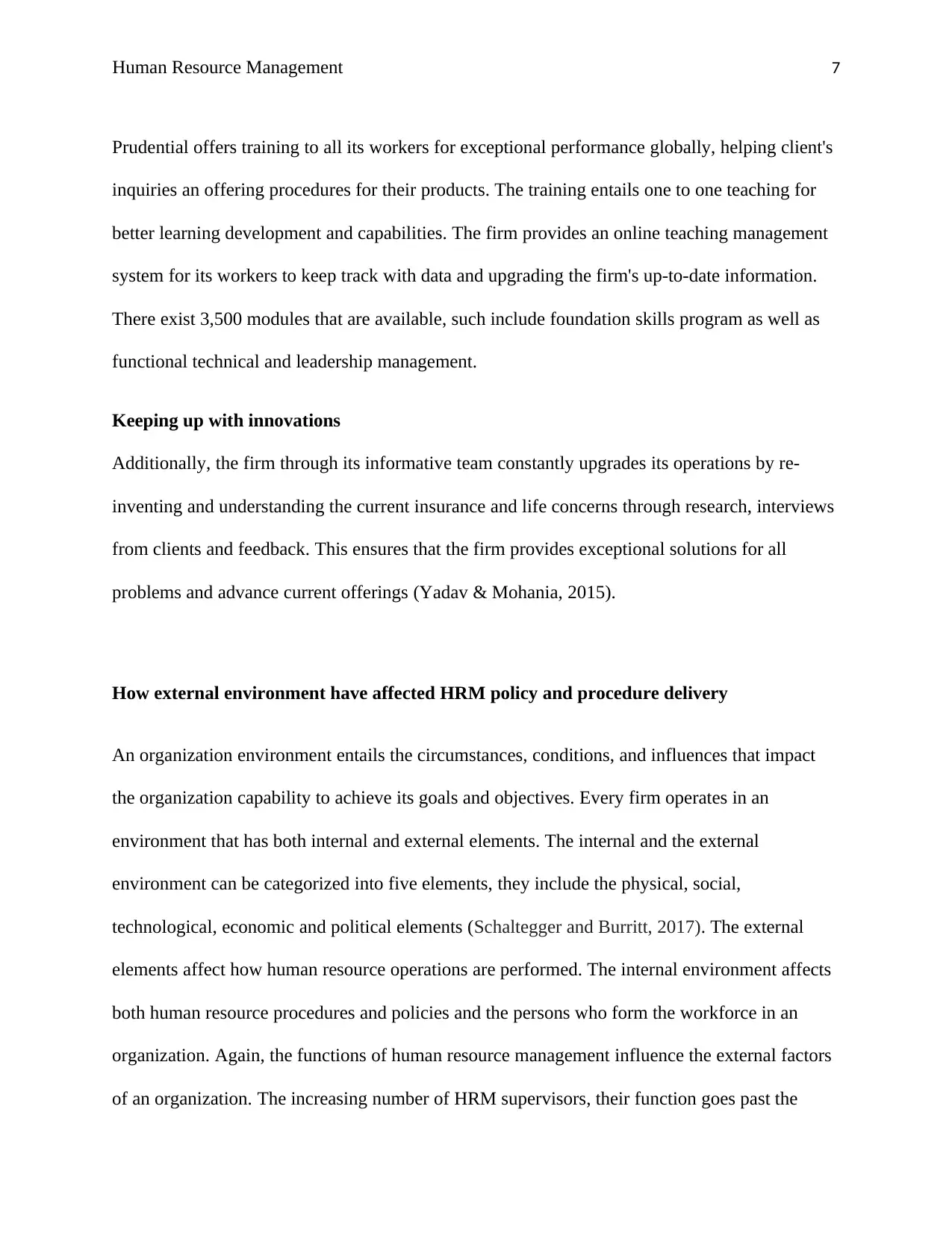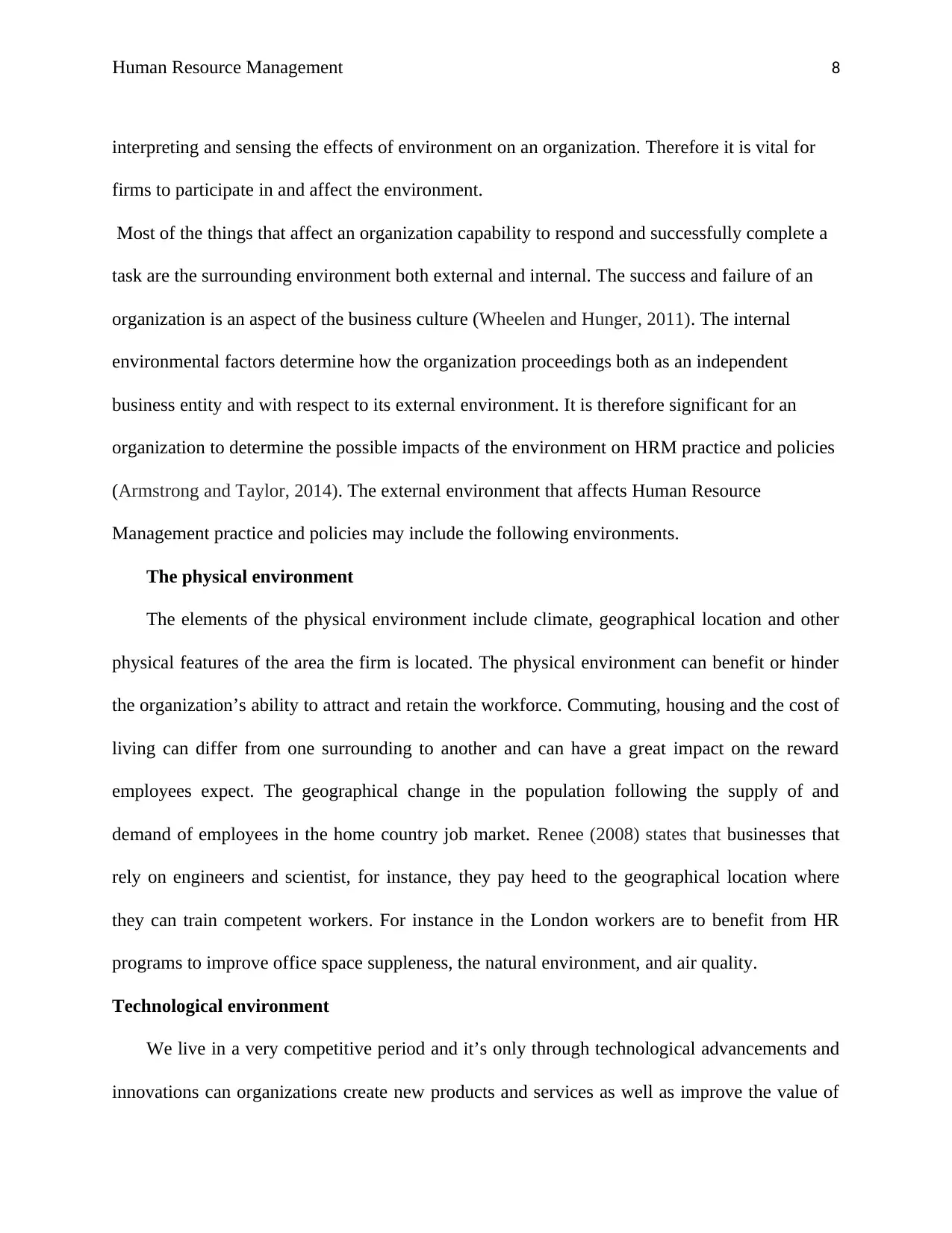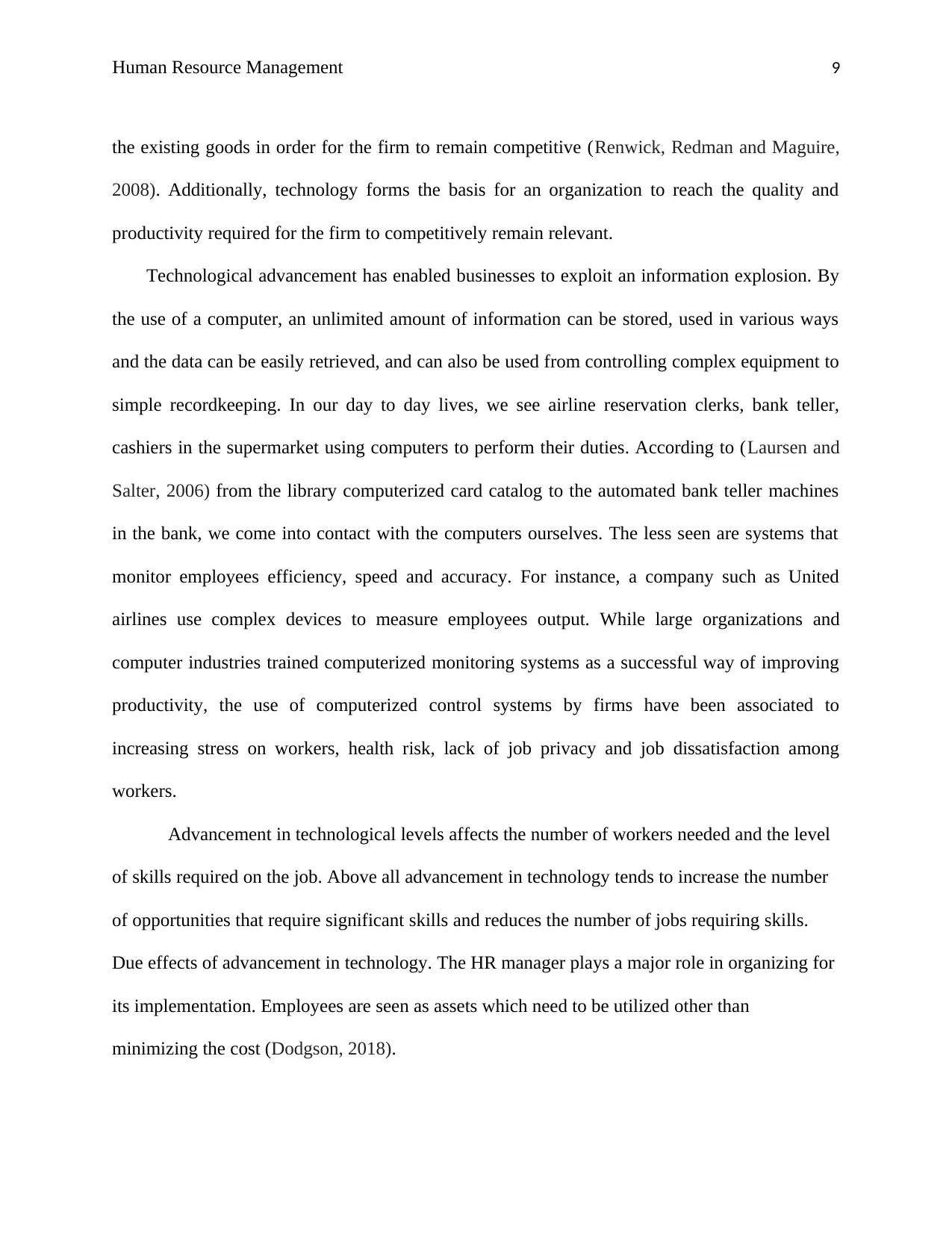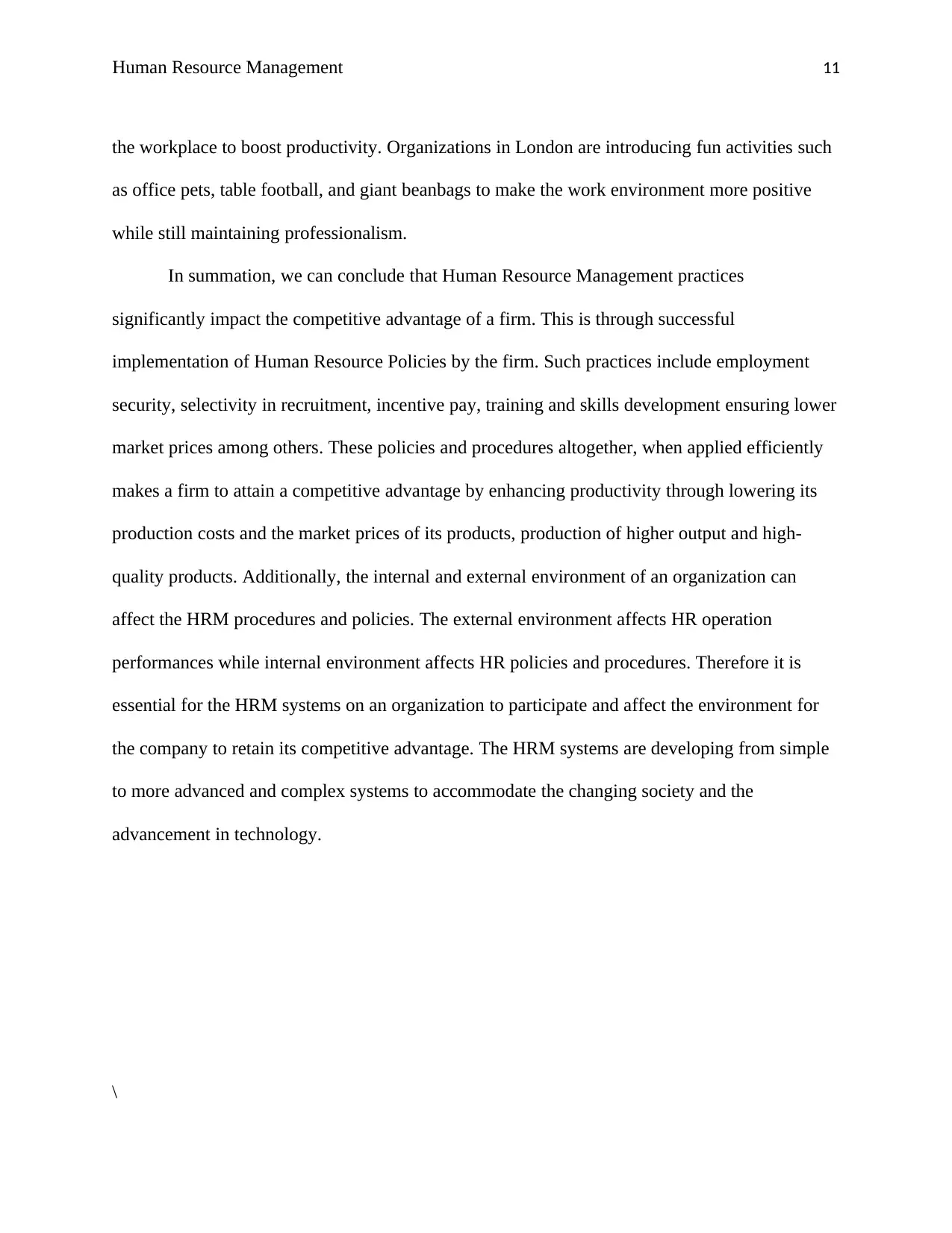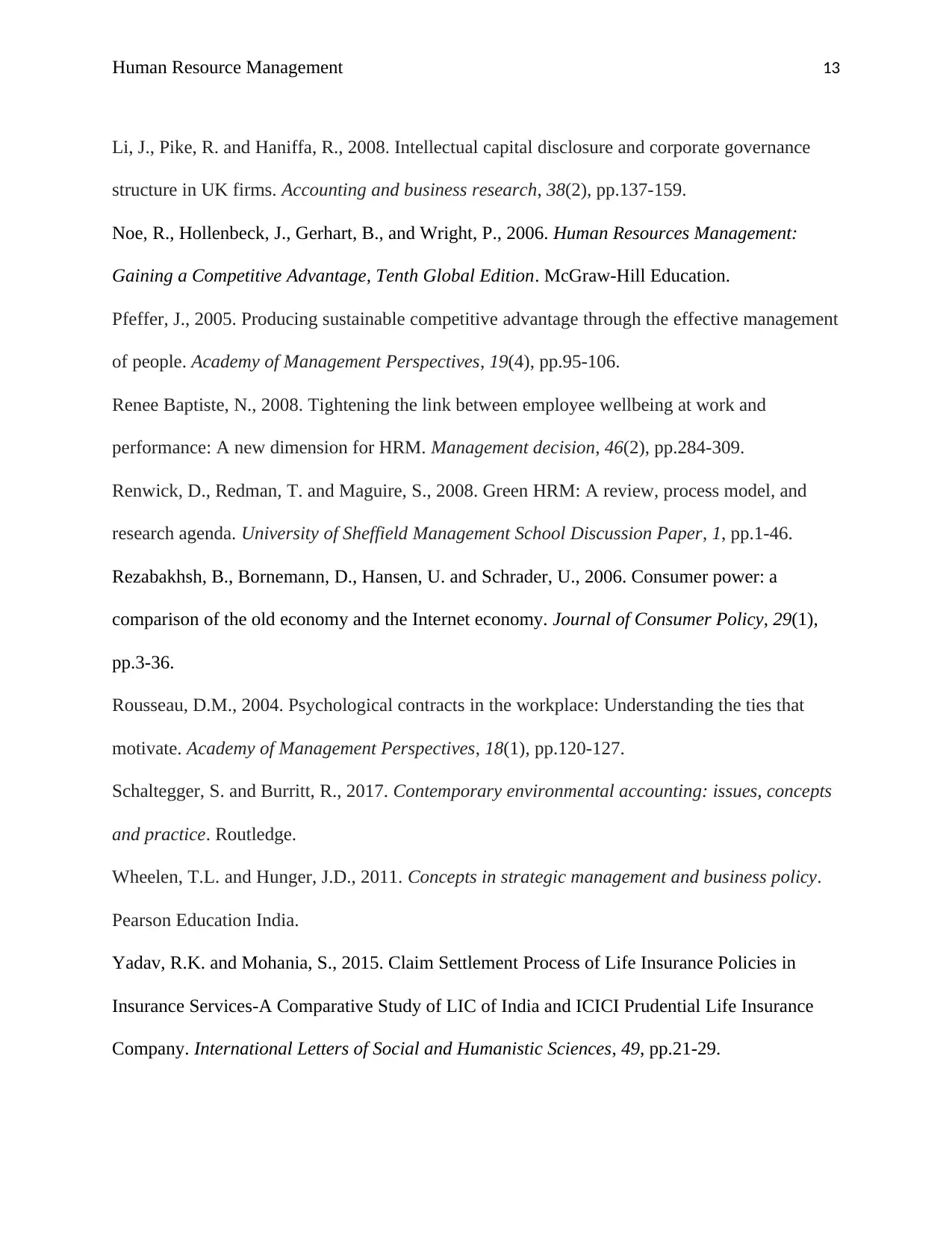Human Resource Management (HRM) is the approach to managing employees in a firm
HRM deals with hiring, motivating and sustaining the workforce
Effective HRM ensures qualified and skilled workers are employed, developed and motivated to tap maximum potential, leading to a competitive advantage
HR policies can enhance a company's competitive advantage
To reduce costs, firms can get human capital from independent contractors and offshore vendors
Employment security generates worker commitment and loyalty, leading to extra effort and benefits to the organization
Selectivity in recruitment ensures a highly qualified workforce, yielding twice as much as unqualified ones and saving production costs
Incentive pay motivates employees and increases productivity, leading to a competitive advantage
![[object Object]](/_next/static/media/star-bottom.7253800d.svg)
![[object Object]](/_next/static/media/star-bottom.7253800d.svg)
